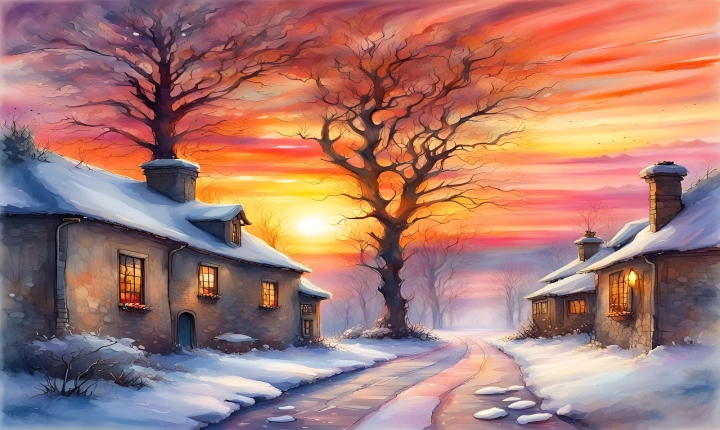Title: How to Get an AI to Draw: Exploring the World of Generative Art
In recent years, the field of artificial intelligence has made significant advancements in various domains, including art. With the emergence of generative art, AI has proven itself to be a proficient tool for creating visually captivating and thought-provoking pieces. If you’re an artist or simply interested in exploring the potential of AI in the creative realm, here’s a guide on how to get an AI to draw.
Understanding Generative Art:
Generative art refers to the creation of artworks by employing autonomous systems, such as algorithms, machines, or computational processes. These systems are designed to exhibit some degree of autonomy, often producing art without direct human intervention. The concept of generative art blurs the lines between the creator and the created, giving rise to an intriguing dynamic between human creativity and machine intelligence.
Getting Started with AI and Drawing:
To harness the creative potential of AI in drawing, it’s essential to explore the various tools and platforms that enable this fusion of technology and art. One popular avenue for AI-generated drawing is through the use of generative adversarial networks (GANs). GANs consist of two neural networks – a generator and a discriminator – that work in tandem to produce images that mimic human-generated art.
Several software libraries and frameworks, such as TensorFlow, PyTorch, and RunwayML, provide accessible means to experiment with GANs and other AI-based drawing techniques. These resources offer pre-trained models and customizable parameters, allowing users to generate diverse and compelling visual outputs.
Experimenting with Style Transfer:
Another captivating approach to AI drawing involves style transfer, a technique that leverages deep learning algorithms to apply the characteristic style of one image to another. By utilizing models trained on vast collections of artwork, photographs, and other visual media, users can effortlessly imbue their creations with diverse artistic styles and aesthetics.
Platforms like DeepArt and Prisma have popularized style transfer applications, providing users with intuitive interfaces to experiment with this captivating AI-driven process. Through these platforms, artists and enthusiasts can seamlessly transform their sketches or photographs into mesmerizing pieces that emulate the essence of renowned art movements and styles.
Exploring Creative Collaboration:
While AI can indeed create compelling works of art independently, its true potential may lie in collaboration with human artists. By leveraging AI as a tool for inspiration and exploration, artists can draw upon the unique capabilities of these systems to push the boundaries of their creativity.
For instance, artists such as Mario Klingemann and Robbie Barrat have embraced AI as a collaborative partner in their creative processes, effectively merging the ingenuity of human artistry with the computational prowess of AI. This fusion yields artworks that are undeniably distinct, underscoring the symbiotic relationship between human expression and machine intelligence.
The Ethical and Philosophical Implications:
As the integration of AI in art continues to evolve, it’s crucial to consider the ethical and philosophical implications associated with this intersection. Questions surrounding authorship, creativity, and the commodification of AI-generated art prompt meaningful discussions on the role of technology in shaping the artistic landscape.
Furthermore, issues related to transparency, accountability, and ownership regarding AI-generated artworks warrant thoughtful consideration. As AI increasingly garners attention as a creative tool, it becomes imperative to navigate these ethical and philosophical complexities with care and diligence.
Embracing the Future of AI and Art:
The convergence of AI and art presents an exciting frontier for creative innovation, offering artists and enthusiasts boundless opportunities to engage with technology in the pursuit of artistic expression. By embracing the possibilities offered by AI in drawing, individuals can partake in the exploration of generative art, expanding their creative horizons and contributing to the evolving discourse surrounding technology-driven creativity.
Ultimately, the synergy between AI and drawing invites us to reimagine the creative process, challenging conventions and fostering a deeper understanding of the intersection between human ingenuity and machine intelligence. As we embark on this compelling journey, we are poised to witness the emergence of a new era of artistry, one defined by the harmonious interplay of human creativity and AI-empowered innovation.
